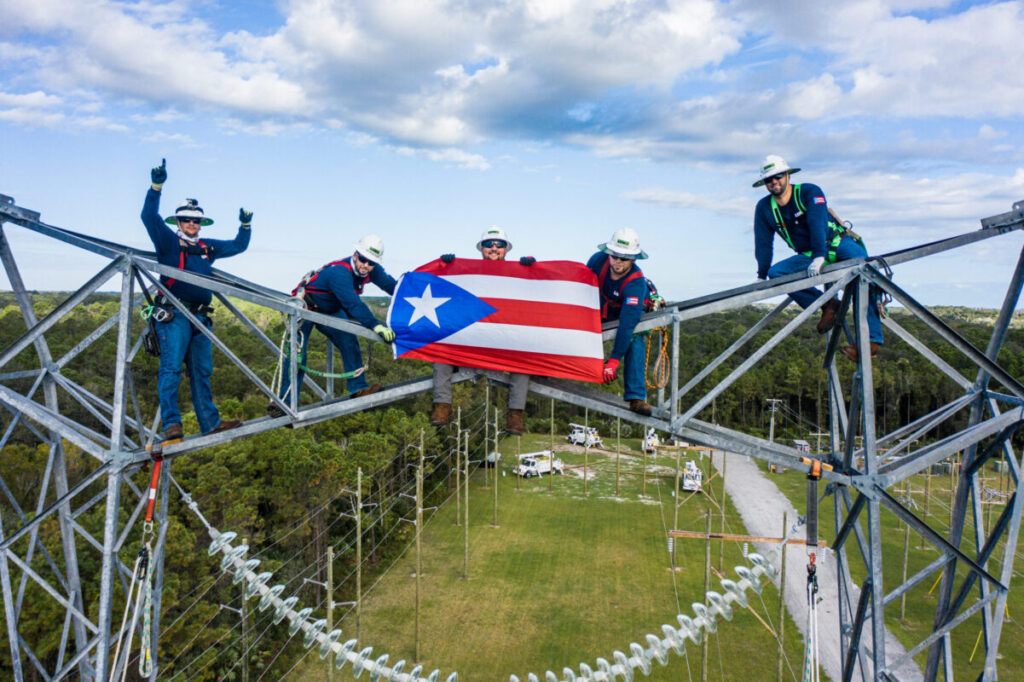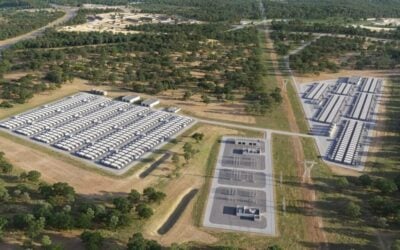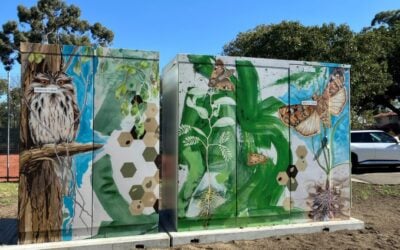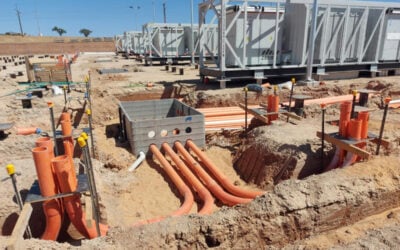
Luma Energy, the US-Canadian joint venture (JV) responsible for the Puerto Rican electricity distribution network will build nine energy interconnection points with Linxon US LLC and their partner AtkinsRéalis Caribe, to integrate renewable energy projects.
Luma says these nine interconnection points will add more than 990MW of clean energy and over 700MW of energy storage to Puerto Rico’s electric grid.
Enjoy 12 months of exclusive analysis
- Regular insight and analysis of the industry’s biggest developments
- In-depth interviews with the industry’s leading figures
- Annual digital subscription to the PV Tech Power journal
- Discounts on Solar Media’s portfolio of events, in-person and virtual
According to data reported to the Puerto Rico Energy Bureau, the electrical system experienced over 100 load-shed events in 2024, which is when electricity demand exceeds supply and providers turn off lower priority loads for priority systems, due to insufficient or sudden generation failures.
The nine interconnection points are intended to provide the necessary infrastructure to integrate renewable energy projects and advance Puerto Rico’s Integrated Resource Plan (IRP) goals. The IRP includes goals of supplying 100% of the energy served in the territory from renewable resources by 2050 and 30% by energy efficiency by 2040.
The PR100 study launched in February 2022 with funding from FEMA, shows that Puerto Rico can transition to 100% renewable energy by 2050. Reaching this goal means the territory must significantly increase its new power generation infrastructure.
Luma Energy is a JV between ATCO and Quanta Services, which took control of the nation’s electricity distribution network in 2020 as part of the privatisation that saw Genera PR take control of its generation.
When Luma took over Puerto Rico’s transmission and distribution systems on 1 June, 2021, electrical service deteriorated. In September of the same year, the US House of Representatives Natural Resources Committee held an oversight hearing for the company. Luma CEO Juan Saca said in testimony:
“The infrastructure will take time to modernise – this is and will be a multi-year transformation that will require even greater cooperation with local and federal partners, including members of this subcommittee who we hope will work with us to address these legacy challenges and help advance critical FEMA funding.”
In addition to the announced interconnection points, Luma is deploying battery energy storage systems (BESS) at scale. The company’s 360MW BESS rollout was approved by regulators in May of 2024.
In November 2023, the Puerto Rico Energy Bureau (PREB) approved the deployment of 430MW of 4-hour duration (1,720MWh) BESS technology, according to reports.
Noted at the time, PJ Wilson, president of the Solar + Energy Storage Association of Puerto Rico (SESA), told Energy-Storage.news the move was a positive one, that would assist LUMA, saying:
“Deployment of large amounts of large-scale storage should help alleviate potential ‘hosting capacity’ concerns, as well as become an important tool in the toolkit available to LUMA to help avoid blackouts on the island.”
On 20 January of this year (2025), the US Department of Energy’s (DOE) Loan Programs Office (LPO) announced two conditional commitments and one loan closing in Puerto Rico, totalling over US$1.2 billion. All three projects are contracted with the Puerto Rico Electric Power Authority (PREPA).
The announced loan closing was for developer-operator Convergent Energy – Energy-Storage.news covered the LPO’s announcement of a conditional commitment to Convergent for US$584.5 million in late December.
Due to Donald Trump’s order to pause fund disbursement through the Inflation Reduction Act (IRA) and Bipartisan Infrastructure Law (BIL), however, the fate of many of the LPO’s conditional commitments and finalised commitments are in the air.
Engineer Julián Herencia, Executive Director of the Renewable Energy Producers Association said of Luma’s announcement:
“We are confident that the interconnection process will be completed without delays, finally ending the service interruptions caused by a lack of generation we have all endured. These projects will provide additional energy to the system, reducing current generation limitations.”






